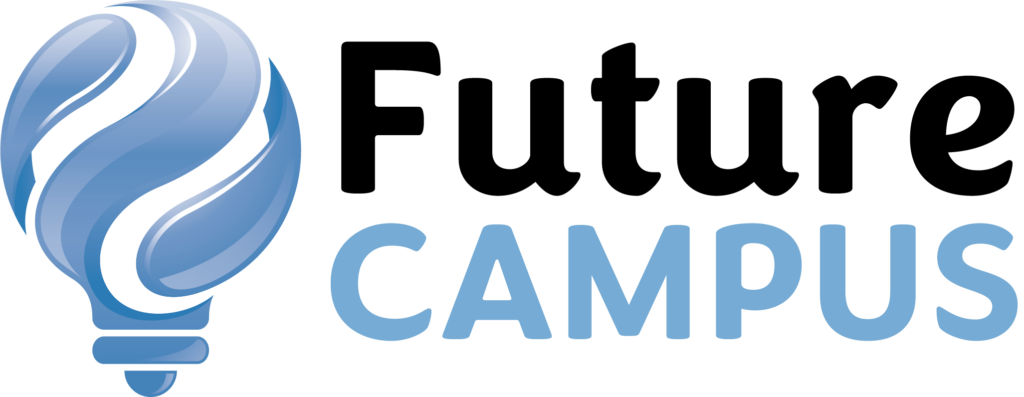All things AI are flavour of the month / year in the HE sector and the Australian Research Council joined the bandwagon this week, providing $8.33m to sixteen projects involving Artificial Intelligence in a new round of Discovery Program Grants.
With lead researchers and admin organisations they are:
- Janet Davis (QUT): new AI capacities to track airborne grass pollen types
- James Shine (Uni Sydney): “translate the brain’s inherent complexity into a set of explorable networks that will test the network theory of intelligence, and also be used to drive advances in next generation artificial neural networks”
- Hua Wang (Victoria U): AI in transport network charges
- Martijn Cloos: (Uni Queensland): new Magnetic Resonance Imaging instruments to … improve our understanding of mental disorders, advance computer brain interface technology, and inspire the next paradigm shift in artificial intelligence.
- Kathleen Ellis (Curtin U): using AI to improve audio description of visual media
- Russell Thompson (Uni Melbourne): including AI in urban logistics systems
- Nicola Bidwell (Uni Melbourne): diverse AI techniques for making sense of climate predictions and risks in remote First Nations communities
- Pankaj Sharma (Flinders U): improving speed and energy use for computers necessary for AI and big data tasks in quantum computing
- Rezaul Begg (Victoria U): AI in wearable systems to warn people they are at risk of falling
- Neil Selwyn (Monash U): AI tools for teaching in schools
- Kalervo Gulson (Uni Sydney): policies for AI in schools
- Dragan Gasevic (Monash U): framework for assessing writing composed “with help” of AI
- Maarten De Laat (Uni SA): a “foundational understanding” for teachers of AI and its use
- Patrick Stokes (Deakin U): AI to “reuse and interact” with “digital remains” after death
- Colin Klein (ANU): “investigate the ways in which artificial intelligence is equivalent to human intelligence”
- Tanja Junkers (Monash): an AI application to predict and automatically optimise chemical reactions

